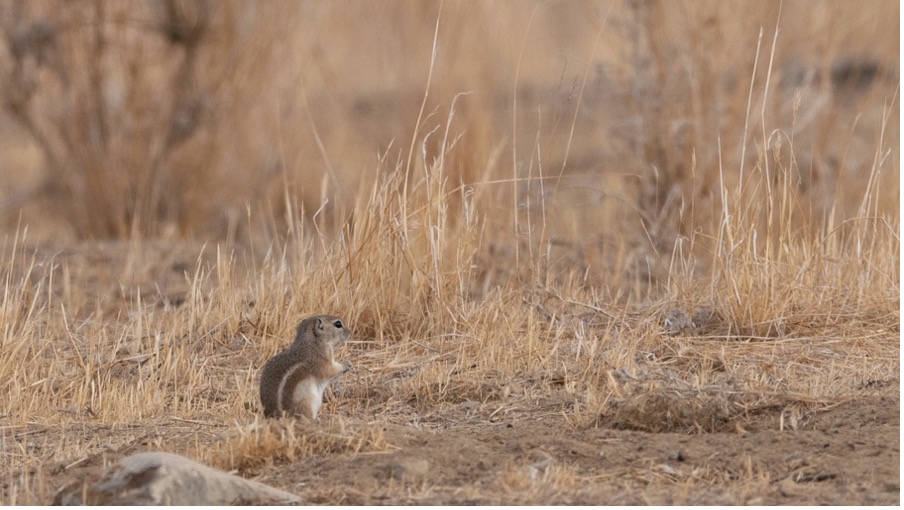
Climate change and valley fever
Fungal pathogens pose an increasing threat to public health, with rising antifungal drug resistance, no antifungal vaccines, and expanding geographic ranges. Temperature, precipitation, climate extremes and other environmental factors can influence the distribution and severity of fungal diseases by altering the diversity and abundance of human-pathogenic fungi in the environment. However, fungal infections have remained severely understudied, especially when compared to other bacterial or viral infections. 
Fig 1. 1 Diagram of abiotic and biotic factors influencing the growth and dispersion of Coccidioides. Created by bioRender
Valley fever is caused by inhaling fungi from the Coccidioidies spp. and is one such fungal infection that has seen dramatic increases in both incidence and geographic range in the American Southwest over the past two decades.  We are building epidemiological models to understand associations between environmental phenomena – such as drought and fires – and environmental disruptions – such as the drilling of new oil wells or fallowing of agricultural lands – and Valley fever incidence in California and Arizona. We aim to develop new statistical methods to understand the intersection between population mobility and immunity, environmental change, and incidence. Fig 2. Photo of a San Joaquin Antelope Squirrel during drought in the Carrizo Plain National Monument, California, the site of ongoing experimental field study on the association between rodent hosts and Coccidioides, photo credit: Yuan Zhu.
We are building epidemiological models to understand associations between environmental phenomena – such as drought and fires – and environmental disruptions – such as the drilling of new oil wells or fallowing of agricultural lands – and Valley fever incidence in California and Arizona. We aim to develop new statistical methods to understand the intersection between population mobility and immunity, environmental change, and incidence. Fig 2. Photo of a San Joaquin Antelope Squirrel during drought in the Carrizo Plain National Monument, California, the site of ongoing experimental field study on the association between rodent hosts and Coccidioides, photo credit: Yuan Zhu.
As a soil-dwelling pathogen with airborne dispersal, the establishment, growth, and dispersion of Coccidioides in the environment is constrained by abiotic and biotic factors.  We are conducting longitudinal, experimental field studies to understand the interaction between abiotic soil conditions and rodent hosts and identify whether associations with rodent hosts are modified by periods of drought. With EPA, we are using unmanned aircraft systems to detect airborne spores under different wind and fire conditions. Fig 3. Informational poster about Valley fever, highlighting vulnerable populations; created by California Dept of Public Health.
We are conducting longitudinal, experimental field studies to understand the interaction between abiotic soil conditions and rodent hosts and identify whether associations with rodent hosts are modified by periods of drought. With EPA, we are using unmanned aircraft systems to detect airborne spores under different wind and fire conditions. Fig 3. Informational poster about Valley fever, highlighting vulnerable populations; created by California Dept of Public Health.
Researchers Involved:


